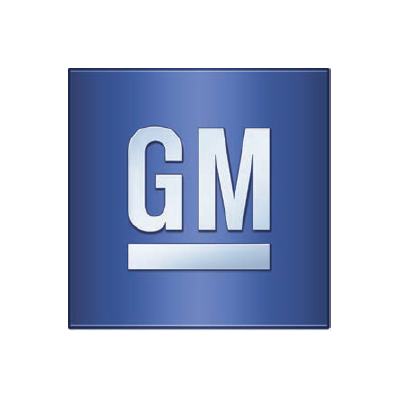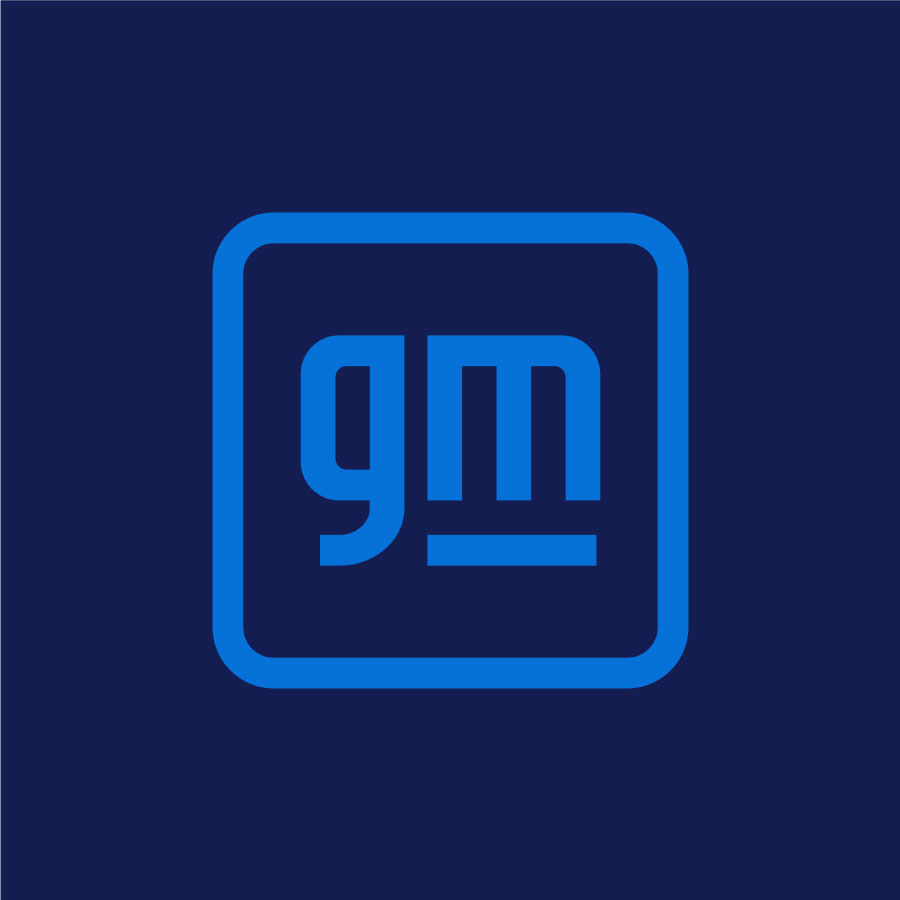Evaluating OnStar Insurance
Last year, financial software giant Intuit decided to discontinue QuickBooks Insurance after failing to achieve traction and ROI goals. Last month, Amazon said it would shut down its insurance venture, just 15 months after entering the space. “Over the last year, we have been evaluating various businesses and programs, and as a part of that we’ve made the difficult decision to discontinue the Amazon Insurance Store,” shared Vassil Gedov, head of the Amazon Insurance Store. In other words, the insurance venture was evaluated against other ventures and it didn’t make the cut.
Big companies can do big things. However, if the consumer pain point isn’t big enough, they will need to go to great lengths to potentially achieve something grand. And when the time and financial investment is significant, it’s natural to question the ultimate destination. Intuit and Amazon came to the realization that the resources needed for their insurance ventures could potentially deliver a better ROI elsewhere. Now, the spotlight is on General Motors.
More than three years have passed since the carmaker introduced OnStar Insurance and pressure is starting to mount. Internally, employees working at the insurance unit, which is now part of GM Financial, weren’t presented with long-term ROI or milestone goals. Externally, however, GM provided a roadmap of how it plans to double its annual revenue and expand margins, with insurance projected to contribute meaningfully over the next several years. “Part of GM’s software and services growth comes from OnStar Insurance, projected to have a potential revenue opportunity of more than $6 billion annually by the end of the decade,” the company stated in October 2021. So far, the insurance venture is off to a slow start, and the short-term “stretch goal” presented to employees when launching as a carrier in mid-July of last year – selling 1,000 policies by the end of 2023 – was not achieved.
Some of the folks at OnStar Insurance, soon-to-be GM Insurance, have been looking to clone Tesla Insurance as they were building OnStar’s carrier functions. In our 2022 embedded insurance report, we explained the different conditions impacting GM and Tesla from an insurance perspective and why Tesla’s insurance offering is currently more compelling. With that being said, we may soon see investment analysts comparing GM’s insurance results to Tesla’s, and as it stands today, one is converting better than the other.
In October 2019, nearly two months after Tesla introduced its insurance product in California in partnership with fronting carrier State National, Zach Kirkhorn, then Tesla’s CFO, provided an update about the newly-launched offering. “So far, we’ve launched Tesla Insurance in California. I have to say that I’m quite pleased by the results so far. The take rate, as measured by quote-to-purchase conversioning are quite high by industry standards.” In a similar period of time after launching, OnStar National Insurance Company was experiencing low conversion rates. “We have selected a target conversion rate (number of binds divided by the number of completed quotes) that we believe is reasonable for a direct-to-consumer private passenger auto insurer in Texas,” the insurer stated in a rate decrease filing in the state. “The conversion rate we are observing is below this target and we believe this rate change will move us much closer to the target conversion rate.”
From an insurance premiums perspective, OnStar Insurance was generating ~$3.7k in premiums per day in Texas in the first two months. Tesla Insurance, through fronting carrier Redpoint County Mutual, was generating ~$25k in premiums per day in Texas in the first six months. For added context, the Chevrolet Silverado and GMC Sierra were second and fourth on the top-selling list of cars in Texas in 2022, according to Edmunds.
While OnStar Insurance only launched last July in its current form, the unit has been offering coverage in partnership with American Family since late 2020/early 2021. According to our sources, both parties did not achieve their desired goals. American Family was looking to strengthen distribution by getting into dealerships, while the GM unit was looking to build a differentiated car insurance product. Eventually, OnStar Insurance decided to build their own product and become an insurance carrier. However, after all these years, they have yet to figure out the most important piece of the puzzle – distribution.
On July 6th, 1941, the Wisconsin State Journal featured a story with the following headline: Finance Firms Fear G. M. Agents’ Insurance Plans. The author writes that GM asked agents to take out insurance licenses so they can offer insurance. “It is planned that agents shall ask all persons buying cars of them to take their insurance with the General Motors Exchange Insurance Co.” Officials of other finance firms expressed their concerns, stating that “in many cases” car purchasers place their loans and insurance upon the recommendations of the agency selling the car. GM was one of the first companies in the US with an embedded insurance strategy, and in 1949, its subsidiary became the second largest auto insurer, right behind State Farm.

GM can attempt to persuade dealers to present the OnStar Insurance offering to the customer at the point of purchasing a car. They probably won’t, but if they will, they will fail because the incentive for dealers is simply not there. The average car company has a complicated relationship with its dealerships and GM is no different. This isn’t the case with Tesla, which doesn’t sell through dealerships. The company’s direct-to-consumer model allows it to present insurance at the right time, resulting in greater insurance adoption. “We see most of the adoption occurring when folks take delivery of a new car, as they’re setting up insurance for the first time as opposed to going back and switching when they already have insurance set up,” Kirkhorn shared last year.
Without a doubt, OnStar Insurance can pull other levers to drive sales, but it will be complicated and time consuming. One example is generating insurance awareness when shoppers go through the Build & Price tool on the different car websites. OnStar Insurance folks had discussions with GM employees about incorporating insurance, but nothing materialized. Today, the company generates awareness through the vehicle apps and email campaigns, but GM’s diverse customer base will require OnStar Insurance to pursue specific audiences with specific offers. When GM introduced the new insurance venture, it said that it would leverage its unique understanding of the vehicles it produces to offer a secure, fair, personalized and easy-to-use digital insurance experience for drivers. In reality, the folks at OnStar Insurance will need to uniquely understand car owners if they hope to generate meaningful sales.
Dan Berce, the president and CEO of GM Financial, has a good understanding of what they got into with the decision to operate an insurance carrier. The insurance unit, which has over 200 employees, was approved for tens of millions of dollars for the current year. However, there are some growing concerns and cuts were made last year.
In her Q4 2023 letter to shareholders, GM CEO Mary Barra outlined the company’s priorities and commitments – maximizing the opportunities of the ICE portfolio, growing the EV business profitably, delivering strong margins and cash flow, and refocusing and relaunching Cruise, the carmaker’s majority-owned subsidiary which is pursuing the development and commercialization of autonomous vehicle technology. GM invested $8 billion in Cruise since 2016, and the company is facing significant challenges.
Putting Cruise aside, GM is coming off a good year, selling more vehicles in the US than anyone else. GM Financial, the carmaker’s finance subsidiary which manages the insurance venture, also performed well. GM has the resources to support the insurance venture for a long period of time, but you could have said the same about Intuit and Amazon.




